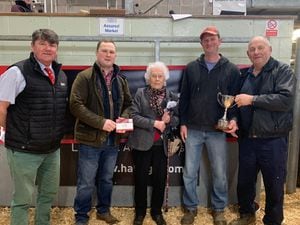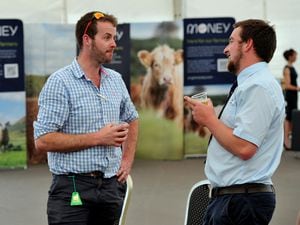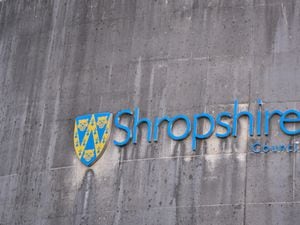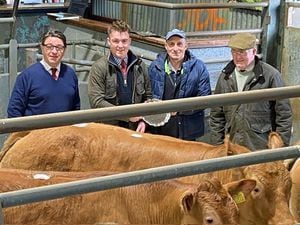Revamped livestock system should cut red tape
DEFRA, in conjunction with the Animal Plant Health Agency and the Rural Payments Agency, has published a question and answer document on County Parish Holding rationalisation relating to livestock holdings and a standard application form to register temporary use of land to keep livestock.

The project aims to reduce the burden of movement reporting and to simplify rules on recording and reporting livestock movements. It is hoped that analysis will inform a review of the standstill regime in 2018.
Under the new rules, livestock keepers will be able to apply to register all land they use within 10 miles whether on a permanent or temporary basis, under the same/single County Parish Holding number and then not report movements between that land.
A new 10 mile rule defines the maximum extent of a single holding as denoted by a CPH number measured from the place of business point of the CPH, usually the animal gathering point or correspondence address. The new 10 mile rule allows for land used on a temporary basis to be included with the benefit from merging existing holdings being that livestock movements between pieces of land covered by the same CPH number do not have to be recorded or reported and such movements do not trigger standstills.
However, movements reported onto a holding from another holding will trigger standstill on all of the land it covers including any land temporarily associated with it. Additionally, all lands covered by a single CPH, whether used permanently or temporarily, will be treated as part of that CPH from a disease testing and restriction perspective.
DEFRA started sending letters out to all keepers who have more than one CPH within 10 miles in July 2016, explaining the change to the distance rule and how they apply to merge their CPHs if they choose to.
Payment & Temporary CPHs - A permanent CPH is allocated by the RPA to cover land at a keeper’s uninterrupted disposal for more than one year. Temporary CPH numbers allocated before July 25, 2016, will be closed during summer/autumn 2017 and a new process for registering the temporary use of land for livestock introduced.
A new temporary CPH would typically be allocated to cover one or more pieces of land intended to be used for one year or less and where an additional CPH number is required for livestock movement reporting purposes.
CTS Links - These are an administrative arrangement whereby cattle keepers could associate different holdings together with a link that is known to BCMS but they will be removed by notification letter which all cattle keepers should have received by autumn 2017.
The rationalisation of land holding arrangements will undoubtedly affect many livestock producers but it will hopefully assist in limiting the administrative burden for the majority.
Robert McCabe MRICS FAAV is partner with the firm of Nock Deighton Agricultural LLP





